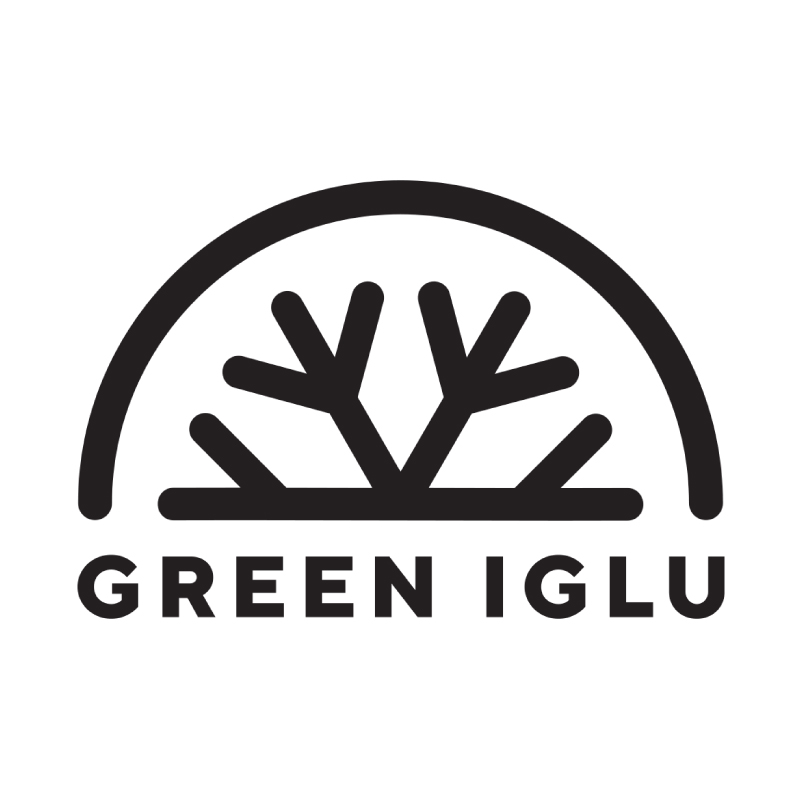Welcome to Social Entrepreneurship 101! In this blog series, we’ll consult various coaches and advisors that have worked with startups at the Social Ventures Zone. They provide our entrepreneurs with mentorship and guidance in growing early and mid-stage social ventures. In our last post, we asked SVZ coaches for their best advice on why storytelling is such an important tool for social entrepreneurs. This time, we’re getting the scoop on funding!
Seeking and securing funding can be a source of anxiety for first-time entrepreneurs. But it’s a crucial step for both launching and growing your business, and if you’re unsure where to start, it’s worth asking for advice on how to best approach it.
Helen Burstyn and Saeed Zeinali have worked with numerous startups on finding and applying for funding that is right for them, including startups in the social impact space. Here is their best advice for social entrepreneurs seeking out funds in the early stages of their business.
Searching for and acquiring funding can be a long, research-intensive process. “I’m not going to pretend that it’s all out there just waiting to be tapped into,” says Burstyn. “You have to do a lot of work to identify what actually fits with what you’re doing.” Since social ventures could either be non-profit or for-profit, deciding which path you’ll take can change the funding available to you.
Government funds are usually highly sought after, and can be difficult to receive. An alternative that Burstyn suggests is looking at community-based organizations who receive their funding from the government to run programs, including grant programs. Non-profits can seek out grants from these organizations, while for-profit startups might be more likely to pursue private funding. This will require presenting a business plan, but it is also about finding the right people who align with the mission of your social venture and believe in you to execute it.
Making a Case
No matter which route you choose, having a solid business plan that includes concrete goals is a must for any proposal or application. “You really need to have a strong case for support, regardless of who’s funding you,” says Burstyn.
Investors want to see that you can deliver on your promises and are taking steps in the right direction. “Investors don’t want to see snapshots, they want to see trends,” says Zeinali. Setting specific, attainable goals and meeting them at the beginning of an investor relationship can foster a positive long-term partnership.
“Everything has to make sense from a long-term perspective,” says Zeinali. He advises thinking ahead to make sure you can achieve a milestone that would justify a bigger round of investing at a higher valuation. “Make sure the goal makes sense with the amount you’re raising,” he says.
Taking the first step can be overwhelming, but in some cases, it jumpstarts the whole process. “All you need is somebody who is part of an investor community to take the initiative and leap for you. With that lead investor, it’s going to be much easier for you to bring everybody else on board,” says Zeinali.
Investors don’t want to see snapshots, they want to see trends.
Saeed Zeinali
Social Impact Investors
If you’re looking to attract the attention of impact investors or venture philanthropists, you’ll have to integrate a clear social perspective into your business plan.
“They’re not just investing to get a dollar return on their investment. They want to see social benefits attached to that and be able to measure and assess that you’ve actually moved the needle,” says Burstyn.
Impact investors will want to see a strong plan that outlines your idea, how it will launch and function, the social benefits it will provide, and how much money is needed to make it happen. This can take some time to get right, and is one area the SVZ assists social entrepreneurs with.
Measuring social impact and pinpointing its value can be difficult. Some ventures measure their social return on investment (SROI), looking at the social return to all stakeholders in their business and the larger benefit to society.
This is important, but Burstyn also articulates the importance of anecdotal evidence and storytelling, as we discussed in-depth in our last Social Entrepreneurship 101 post. Telling a story around your business involves “being able to make that case that your venture changed the lives or improved the lives of X number of people,” says Burstyn. It can be an effective supplement to other measurements of impact you present to investors.
You really need to have a strong case for support, regardless of who’s funding you.
Helen Burstyn
Learning from Others
Attracting investors that are in line with your mission can also have some additional benefits. “They can open some doors for you, and give strategic advice about industry trends founders might not be aware of,” says Zeinali.
Both coaches emphasized the importance of good research, especially through talking to others. If you’re starting a business without a formal background, you don’t have to be intimidated. Your personal experience and knowledge is a valuable resource, but asking for help is a must.
“There are people who fill in the blanks for what you may not know enough about,” says Burstyn. Even if they’re outside your specific field of business, you can gain valuable insight from their successes as well as the failures. “Your instincts may be good but they need to be confirmed,” she says. Zeinali agrees, saying: “You need to get some validation from some key opinion leaders, get some support behind you from people that have a name in the industry.”
Who should you talk to? Burstyn advises starting in the middle, rather than at the top. She emphasizes the importance of using the resources available to you, and asking others for help with making connections. “The mentors, the coaches, those are people that are so accessible to everyone. Start with them, that’s what they’re there for,” she says. She mentions Caffeinated Innovators, the SVZ’s weekly discussion group for social entrepreneurs, as a positive space of mutual support for early-stage entrepreneurs.
“It’s a group of people collaborating on solving problems and challenges facing newer ventures,” she says. “Being part of a community matters a lot, especially now in COVID times.”
Green Iglu’s Experience

In addition to hosting various workshops to educate SVZ ventures on sources of funding available to them, Burstyn has worked closely with SVZ alumni Green Iglu as a member of their board. Green Iglu is a non-profit social venture fighting food insecurity in Northern Canada with Growing Dome greenhouse technology that allows fresh produce to grow year-round. Burstyn has supported Green Iglu as they applied for the funds they needed to grow their business. They were successful in receiving funding from a Google Impact Challenge and the Healthy Futures Fund.
What went on behind-the-scenes for Green Iglu to receive that funding? “They had to do great presentations,” says Burstyn. “They had to have a really good balance sheet to understand and convey the importance of the business and the effectiveness of what they were doing.”
Advice Snapshot
Looking for funding is an ongoing process, and Burstyn recommends entrepreneurs should stay current in their search and be aware of how circumstances may change. “What you researched and discovered to be true last year, is probably somewhat different,” she says. “You have to keep refreshing your knowledge and your contacts and your appreciation of the problem you’re trying to solve.”
One final piece of advice from our coaches – get started, even if you’re starting small!
“Start talking to people early on and show that you can deliver on your initial milestones,” says Zeinali.
“I think baby steps are still steps. It starts with what you put into it,” says Burstyn.



